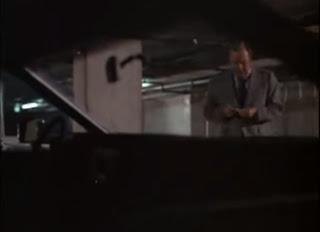'Wonderworks'
Science fiction & fantasy art by Michael WhelanStarting around 1975, publishers of sf, and the growing genre of fantasy, began to turn from the abstract, figurative artwork of the New Wave era, towards a more ‘realistic’ and painterly style of illustration, for their book covers.
There were a number of talented artists whose work was seminal to this transition, among them the Brothers Hildebrandt, Chris Foss, Patrick Woodroffe, Darrell K. Sweet, Tim White, and Michael Whelan.
The latter’s work was plentifully evident in many paperbacks released from 1975 – 1979, the interval covered by this book.
‘Wonderworks’ is divided into several chapters devoted to the genres of sf, heroic fantasy, romantic fantasy, horror, heroines, and aliens. Whelan's paintings for mass market paperbacks and hardbound books in these genres all are reproduced in large-scale, full-color format.
Each of these chapters features an introductory essay by a well-known author or editor whose work employed a painting by Whelan, such as Poul Anderson, Michael Moorcock, Gerald W. Page, Ann McCaffrey, and Alan Dean Foster.
Many of these illustrations will evoke nostalgia among readers of the PorPor era, and probably will move them to seek out copies of the paperback for which the cover artwork was used.
I’ve posted some images from 'Wonderworks' below, along with some of the relevant paperbacks, to give you an idea of how the original images were cropped or obscured to meet the confines of paperback cover layout and sizing.
Michael Whelan continues to be active in fantastic artwork and illustration; his website is: http://www.glassonion.com/.
 |
| Brother Assassin by Fred Saberhagen, Ace Books, 1978 |
 |
| The Night Face by Poul Anderson, Ace Books, 1978 |
 |
| The Year's Best Horror Stories: Series V, edited by Gerald Page, DAW Books, 1977 |
 |
| The Year's Best Horror Stories: Series IV, edited by Gerald Page, DAW Books, 1976 |
 |
| Dying for Tomorrow by Michael Moorcock, DAW Books, 1978 |
 |
Swords and Ice Magic by Fritz Leiber, Ace Books, 1977 |
 |
| Stormbringer by Michael Moorcock, DAW Books, 1977 |
 |
| World Without Stars by Poul Anderson, Ace Books, 1978 |
 |
| Gate of Ivrel by C. J. Cherryh, DAW Books, 1976 |
 |
| The Planet Savers by Marion Zimmer Bradley, Ace Books, 1976 |



































































